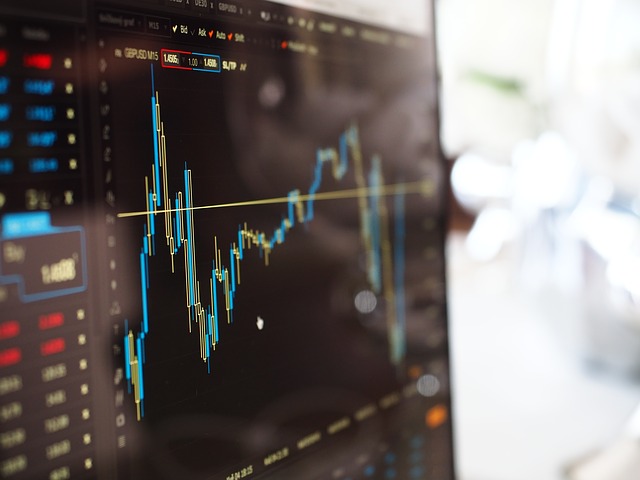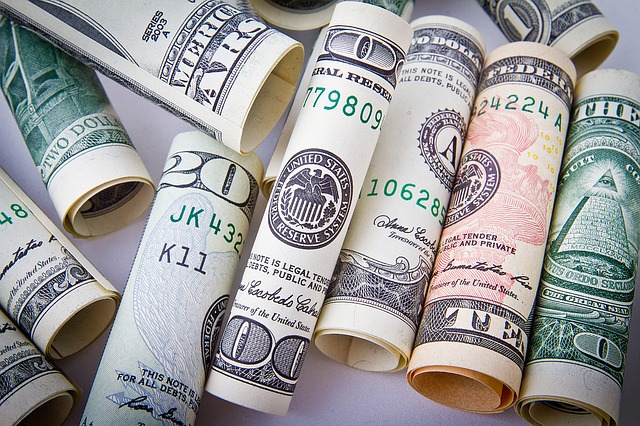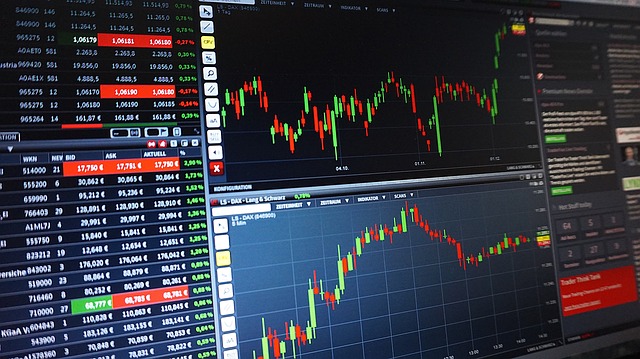Remember that thing called the stock market? We were all taught at some point in time that when prices go up, we make money, but when prices come down, we lose money. In essence, aside from a few small changes in this area over time, it is exactly right.
The reality is that making money on the stock market is, in general, a one-way street. Unless you are an advanced trader, and hence able to short the market, you will rely on prices to increase so that you realize a capital gain when you sell your stocks.
Unlike the stock market, foreign-exchange markets are different. Indeed, you are able to profit regardless of where the price goes. For example, let’s say that the currency pair EUR/USD – the most popular currency pair in the world, trades higher. If this was the case, people who had bought the Euro at lower levels would have profited, whereas people who had bought US dollars would have lost.
The opposite is true if the currency pair fell. For example, people who owned the Euro would have lost money, and people who owned the US dollar as part of its currency pair would have gained. Overall, the actual figure quoted for this currency pair can go up or down – but in each case, someone is able to make a profit.
Confused?
If you are confused by the examples we gave above, it is clear that you need to do a little bit more research before you get into the foreign exchange industry. Unfortunately, using such financial instruments can be dangerous if you do not have the right set of skills available to place such trades.
Many new traders lose money at first, simply because they have not done adequate training to ensure their success.
Fortunately, however, there are many courses and instructional programs available through the Internet which can teach you the ins and outs of everything to do with foreign exchange.
We have even recommended one on this website, so that you are able to instantly move on to the educational failures, rather than being stuck trying to find an education provider in the first instance.
You will find a recommendation on the front page of the site. Take a look, and if you are interested sign up. You have nothing to lose, but a wealth of knowledge to gain.








